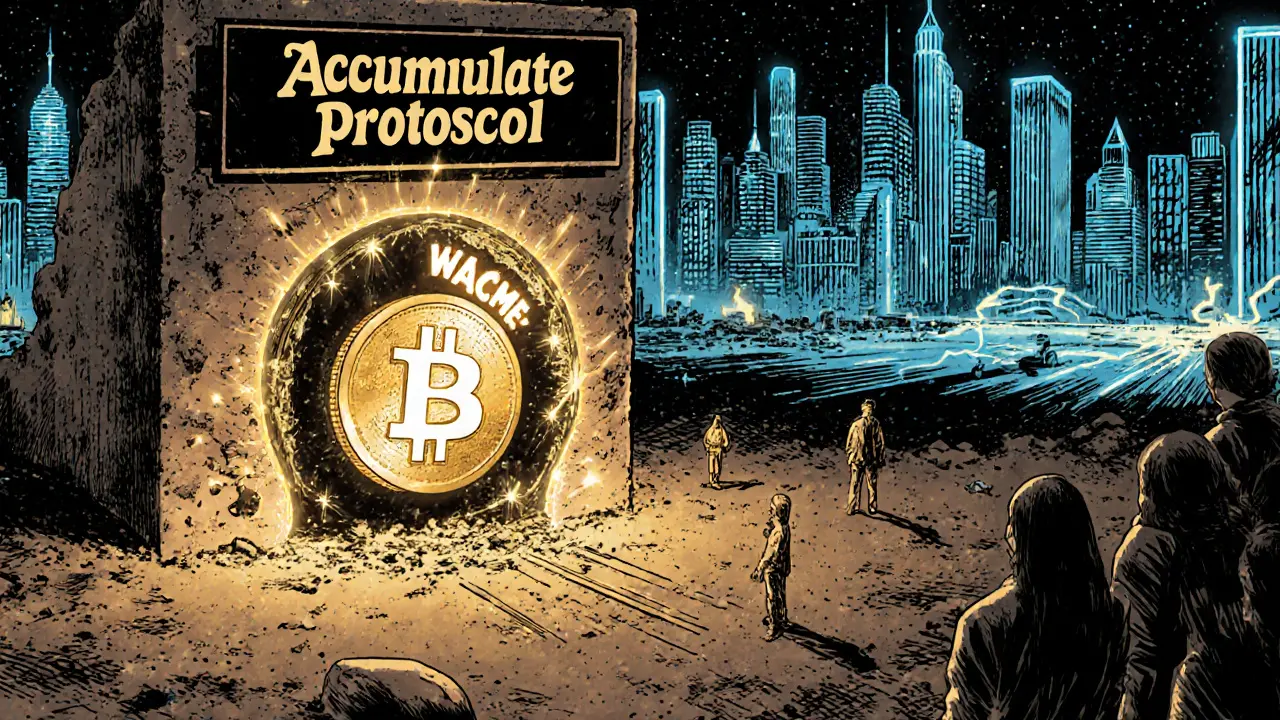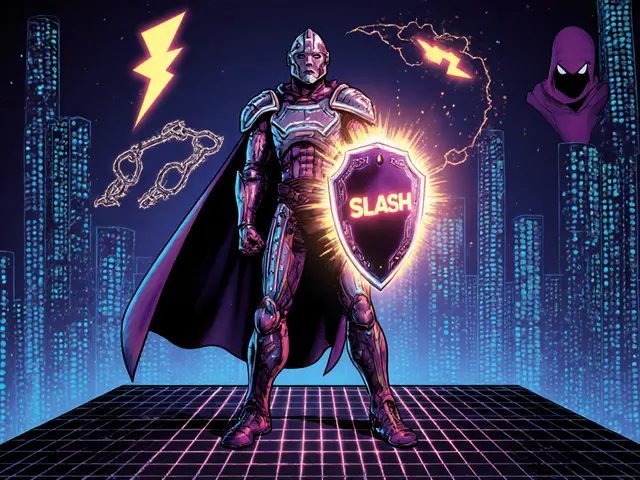ERC-20 Token: Basics, Use Cases, and the Latest Trends
When working with ERC-20 token, a widely adopted standard on the Ethereum blockchain that lets anyone create fungible assets, move them freely, and plug them into decentralized apps. Also known as ERC‑20, it forms the backbone of most crypto projects you see today. The standard lives on Ethereum, the public, permissionless network that powers smart contracts and countless dApps, and it relies on smart contracts, self‑executing code that enforces token rules without a middleman. Because ERC‑20 is a token standard, it defines a common set of functions that any compliant token must implement, ensuring interoperability across wallets, exchanges, and DeFi protocols.
Why does this matter for you? If you’re looking into DeFi, the ecosystem of decentralized finance that uses blockchain‑based assets for lending, borrowing, and yield farming, ERC‑20 tokens are the currency of choice. Every liquidity pool on Uniswap, every collateral type on Aave, and most yield farms rely on ERC‑20 compatibility. That means understanding the standard helps you evaluate risk, compare projects, and spot genuine utility versus hype.
Key Concepts Around ERC-20 Tokens
First, the standard specifies six core functions—totalSupply, balanceOf, transfer, transferFrom, approve, and allowance. These let wallets query balances, move tokens, and grant permission to contracts. The simplicity of these functions is why developers love ERC‑20: you can launch a token in a few lines of Solidity code and instantly make it tradable on major exchanges.
Second, tokenomics often revolve around supply caps, minting schedules, and burn mechanisms. Projects like airdrop campaigns (see our guides on SMAK X, SAFERmoon, or Forest Knight) use ERC‑20 to distribute free tokens to community members. Because the standard works everywhere, an airdrop can reach anyone with a compatible wallet, making community building fast and cheap.
Third, security is a big deal. Classic attacks—like the 2016 ERC‑20 approve race condition—show why developers must follow best practices, such as using increaseAllowance and decreaseAllowance. Our post on slashing protection for validators also touches on why solid contract code matters for staking and proof‑of‑stake networks.
Fourth, interoperability fuels innovation. When a new layer‑2 solution or modular blockchain like Celestia comes into play, it often still supports ERC‑20 through bridges. That’s why you’ll see ERC‑20 tokens on rollups, sidechains, and even non‑Ethereum networks that aim for compatibility.
Finally, regulation and compliance are catching up. Knowing whether an ERC‑20 token is classified as a security, a utility, or a meme coin can affect how you trade it, especially in jurisdictions with strict crypto laws like Nigeria or Algeria. Our coverage of VASP licensing and money‑laundering penalties gives you the broader context.
All these angles—technical specs, tokenomics, security, cross‑chain bridges, and regulatory outlook—show why ERC‑20 remains a central piece of the crypto puzzle. Below you’ll find a curated mix of articles: deep dives into modular blockchains, step‑by‑step airdrop guides, practical funding‑rate strategies for perpetual futures, and essential tips for protecting validators.
Ready to explore the full range of insights? The posts below break down each subtopic, from how to claim the latest airdrop to understanding the impact of funding rates on your futures trades. Dive in and equip yourself with the knowledge you need to navigate the ERC‑20 ecosystem confidently.







